If you’ve ever ventured out on a trail, you’ve probably felt the serenity and beauty of the natural surroundings. But did you know that some of the most fascinating wildlife can be silently watching or even stalking you as you wander through their habitat? Don’t worry; most of these animals mean no harm and are simply curious or following their instincts. Let’s take a look at some of these intriguing creatures who might be keeping an eye on you from the trees and bushes. Here’s a list of 13 animals that could be silently stalking you on a trail.
1. Mountain Lion
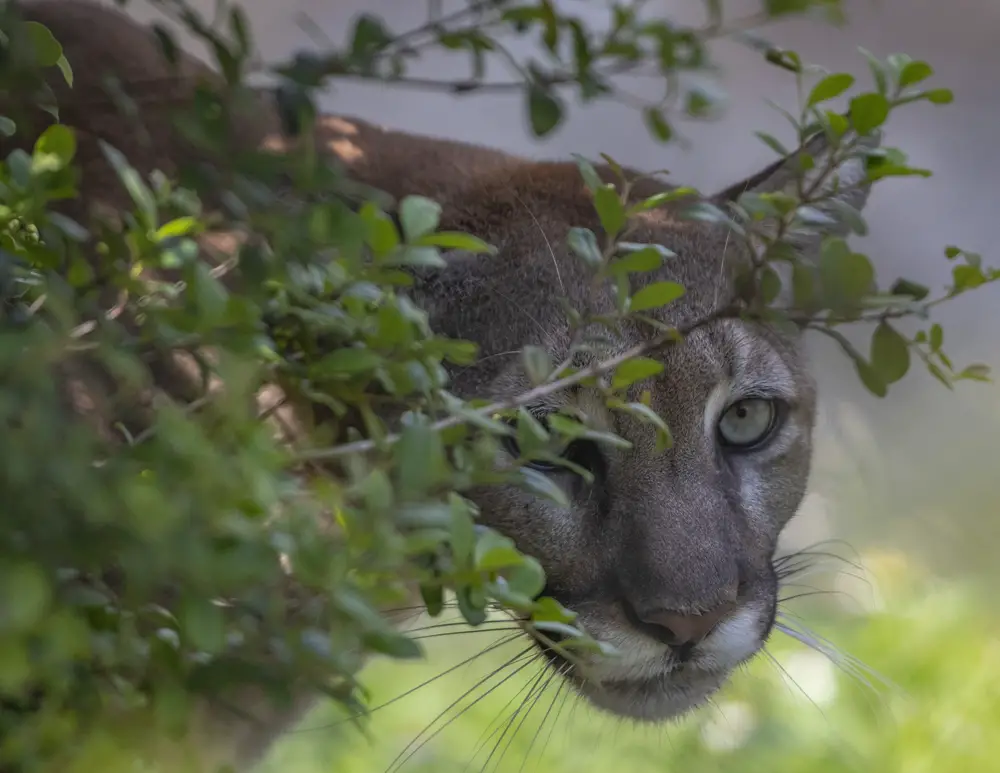
Mountain lions are stealthy predators that can blend seamlessly into their surroundings. If you’re hiking in regions where they are prevalent, such as the western United States, you might be unaware of their presence nearby. They primarily hunt at dawn or dusk and often stalk their prey quietly before making a move. According to wildlife expert David Stoner, mountain lions use their acute senses to track potential prey over long distances. It’s important to be aware of your surroundings in mountain lion territory, even though attacks on humans are rare.
Despite their elusive nature, mountain lions are vital to the ecosystem, helping control the populations of other animal species. If you do happen to see one, it’s advised to remain calm and stand your ground. Making yourself look bigger and making noise can usually deter them. Remember, it’s their home you’re hiking through, so respect their space and keep a safe distance. Most importantly, knowing how to react if you encounter one can make all the difference.
2. Bobcat
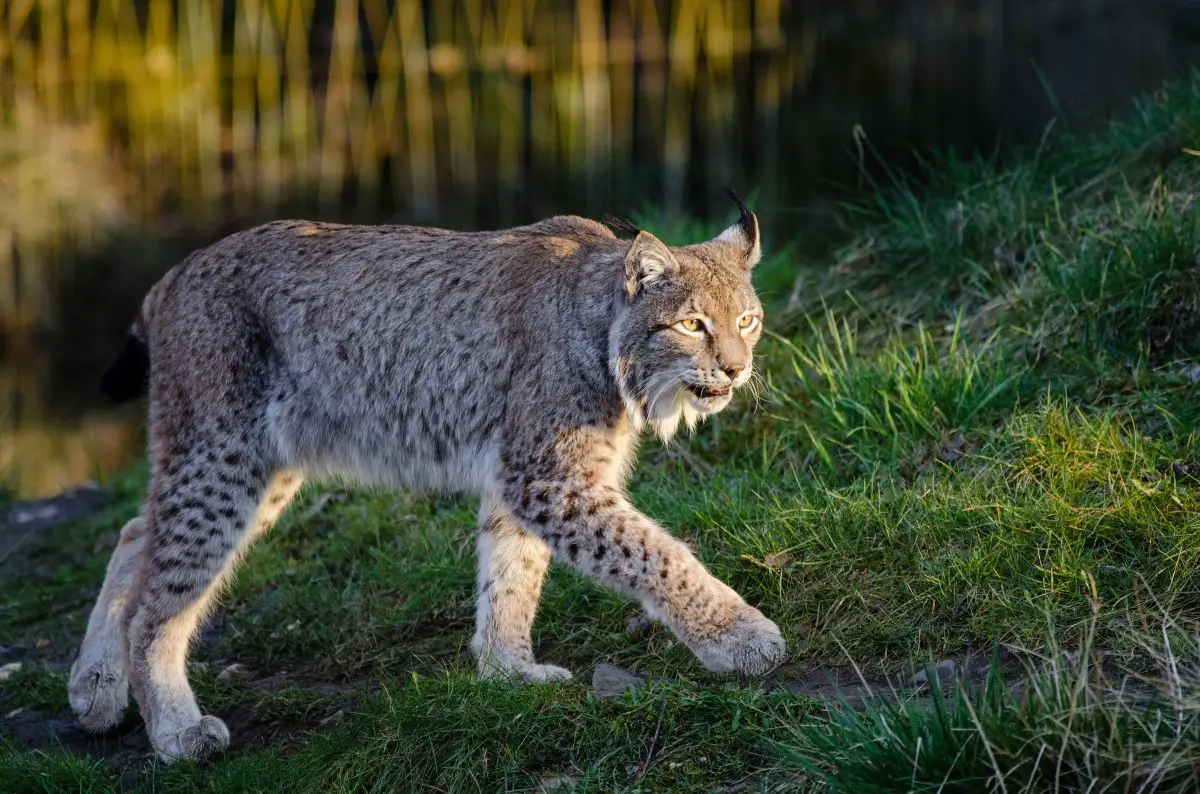
Bobcats are smaller relatives of the mountain lion and are known for their solitary and secretive behavior. They’re found throughout North America and are especially active during the twilight hours. Due to their excellent camouflage and quiet movement, you might not even notice a bobcat as it stalks you from afar. Although they are skilled hunters, bobcats are generally not interested in humans and pose little threat.
Bobcats play a crucial role in controlling the populations of small mammals like rabbits and rodents. Should you spot one, you’re witnessing a remarkable creature that balances its environment beautifully. They might be curious about you, but they will likely keep their distance. If you do see a bobcat, appreciate the moment and respect its presence by giving it plenty of space. It’s these encounters that make your trail experience truly memorable.
3. Gray Wolf
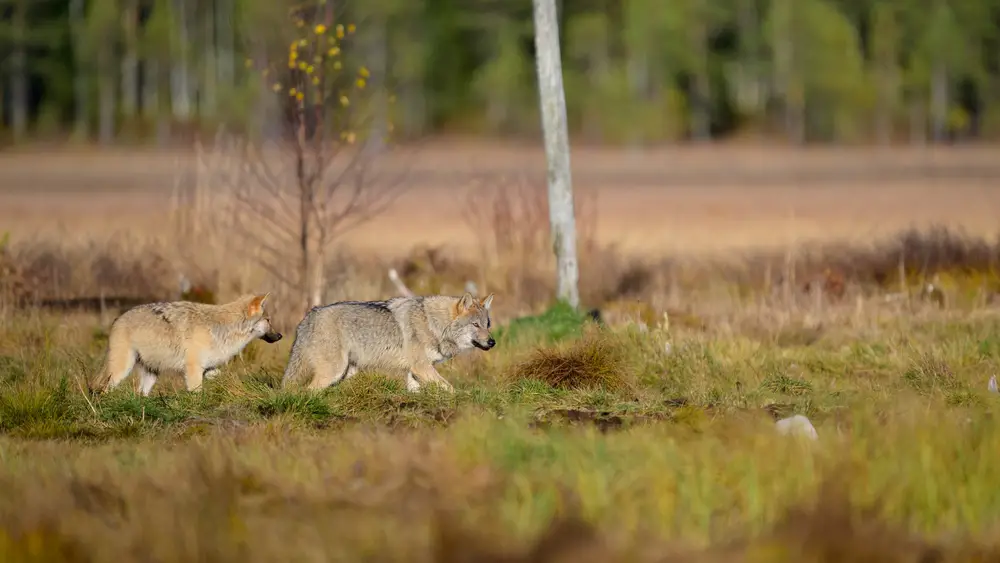
Gray wolves are intelligent and social animals known for their complex pack dynamics. If you’re hiking in areas where wolves are protected and thriving, such as Yellowstone National Park, you might be fortunate enough to spot them. Wolves are masters of stealth and often observe from a safe distance, using pack communication to coordinate their movements. According to wolf biologist L. David Mech, wolves are generally more interested in avoiding humans than interacting with them.
Wolves play a pivotal role in maintaining healthy ecosystems by regulating prey populations. Their presence is a sign of a balanced environment, and while they might track you momentarily out of curiosity, they typically keep their distance. If you encounter wolves, observe them from afar and avoid approaching or trying to interact. Understanding their role in nature can enhance your appreciation for these magnificent creatures. Remember, you’re a visitor in their world, so tread lightly.
4. Coyote

Coyotes are incredibly adaptable and are found in a variety of environments across North America. They are known for their resourcefulness and can thrive in both wilderness areas and urban settings. While they might follow you on a trail, they’re usually more interested in scavenging for food than anything else. Coyotes are generally shy around humans, but their natural curiosity might lead them to observe from a distance.
Trail encounters with coyotes are opportunities to learn about their behavior and adaptability. They play an essential role in the ecosystem by controlling populations of smaller animals. If you see a coyote, enjoy the sight, but don’t feed or approach them. Keep your distance, and they will likely continue about their business. Like many wild animals, they are best appreciated from afar.
5. Lynx
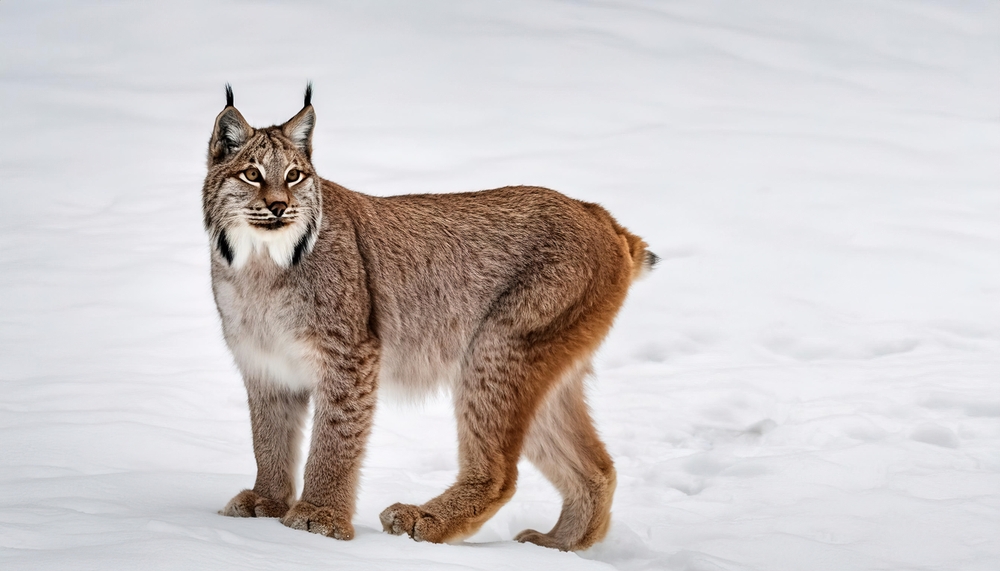
The lynx is an elusive feline with spectacular tufted ears and a keen ability to navigate snowy terrains. Found in the northern forests of North America, Europe, and Asia, lynxes are rare to spot due to their solitary and secretive nature. They primarily hunt small mammals and birds, relying on their impressive stalking skills. Wildlife biologist John Organ notes that lynxes use their acute sense of hearing to detect prey, making them stealthy predators.
While lynxes might observe humans from a distance, they are primarily interested in their own hunting and survival. If you’re lucky enough to spot one, it’s often a fleeting glimpse. These cats are an important part of their ecosystems, helping control the populations of animals like snowshoe hares. If you do cross paths with a lynx, remember that it’s a privileged sighting. Always respect their space and enjoy the rare encounter.
6. Fox
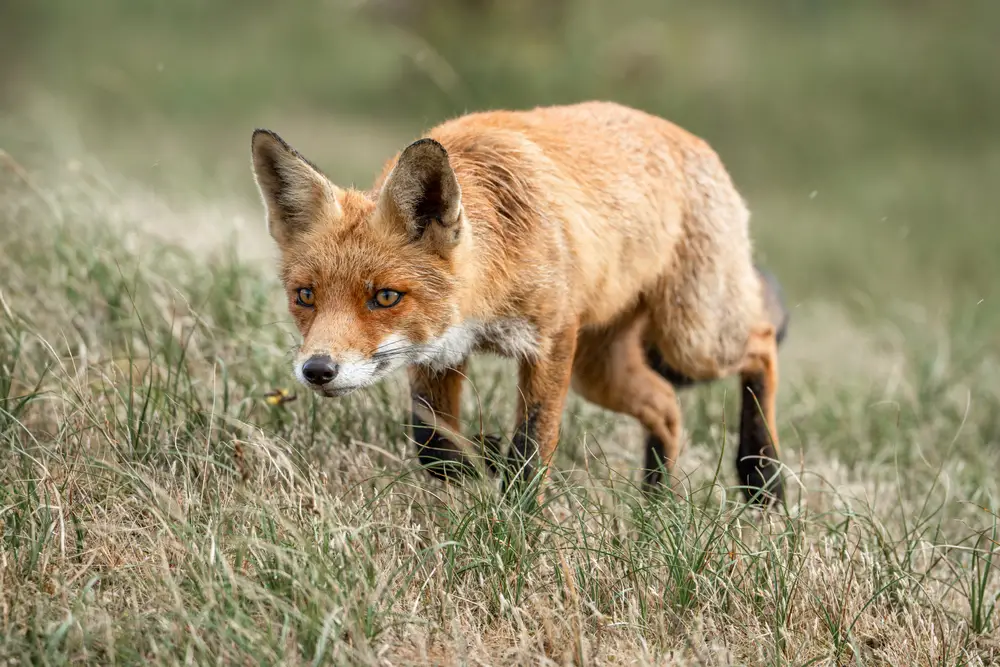
Foxes are one of the most widespread carnivores, found in various habitats around the world. Known for their cunning and adaptability, foxes are curious creatures that might follow you out of interest rather than aggression. They have excellent senses of hearing and smell, allowing them to be aware of their surroundings while remaining hidden. Although foxes are primarily nocturnal, they can also be active during the day, especially if they live near humans.
Watching a fox in the wild can be a delightful experience, as they are often seen hunting or playing. These animals play a significant role in controlling rodent populations, which benefits agriculture. They might seem curious and come closer to investigate, but they are typically wary of humans and will keep a safe distance. If you spot a fox on the trail, appreciate its beauty but give it space. Foxes remind us of the intricate balance of nature and our place within it.
7. Black Bear

Black bears are one of the most common bears in North America and are known for their curious nature. These bears are generally more interested in scavenging for food than posing any threat to humans. They might follow you on a trail if they smell food, but they are usually more wary of humans than aggressive. Bear expert Lynn Rogers explains that black bears often avoid human interaction unless food is involved.
While encountering a black bear can be a heart-pounding experience, it’s important to remember that they are typically not aggressive. If you do spot one, make yourself known by speaking calmly and backing away slowly. It’s crucial not to run, as this can trigger a chase response. Respecting a bear’s space and ensuring your food is securely stored can prevent unwanted encounters. These magnificent creatures are a reminder of the wild beauty that trails have to offer.
8. Owl
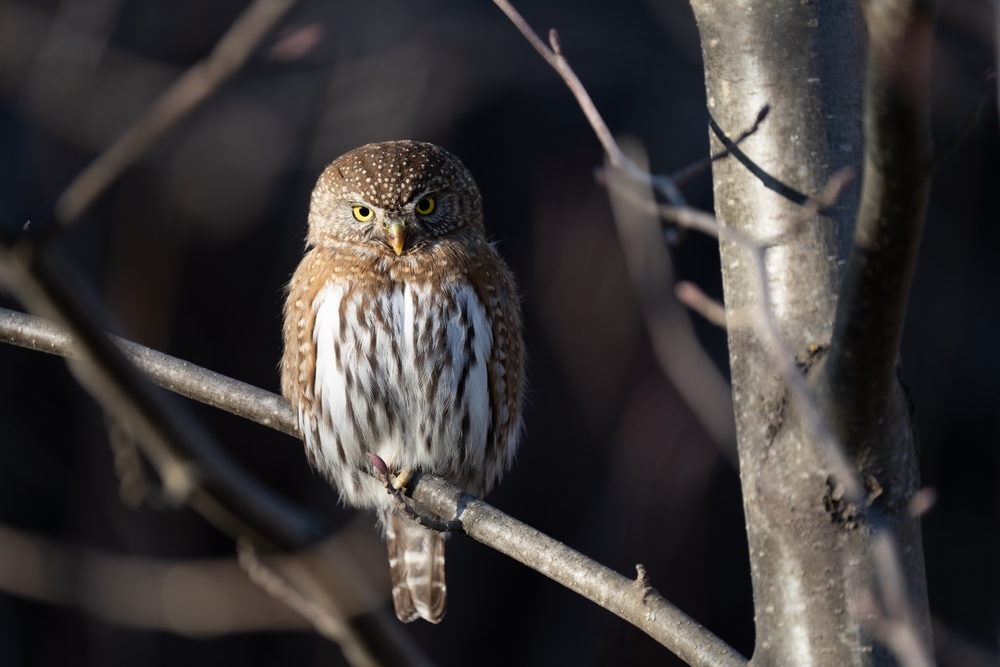
Owls are nocturnal birds of prey with extraordinary hearing and vision, making them effective nighttime hunters. While you might not expect an owl to be stalking you, these birds are often curious and might watch you from a hidden perch. Their silent flight allows them to move through the forest undetected, observing both prey and interlopers. Spotting an owl during the day is uncommon, but not impossible if you’re quiet and observant.
Owls play a critical role in controlling rodent populations, which helps maintain a balanced ecosystem. If you happen to see one, it’s often perched high in the trees, scanning for movement on the ground. Observing an owl is a special experience, reminding us of the hidden wonders of the natural world. Always keep your distance and admire these majestic birds from afar. Their presence is a testament to the quiet beauty of the trail.
9. Alligator
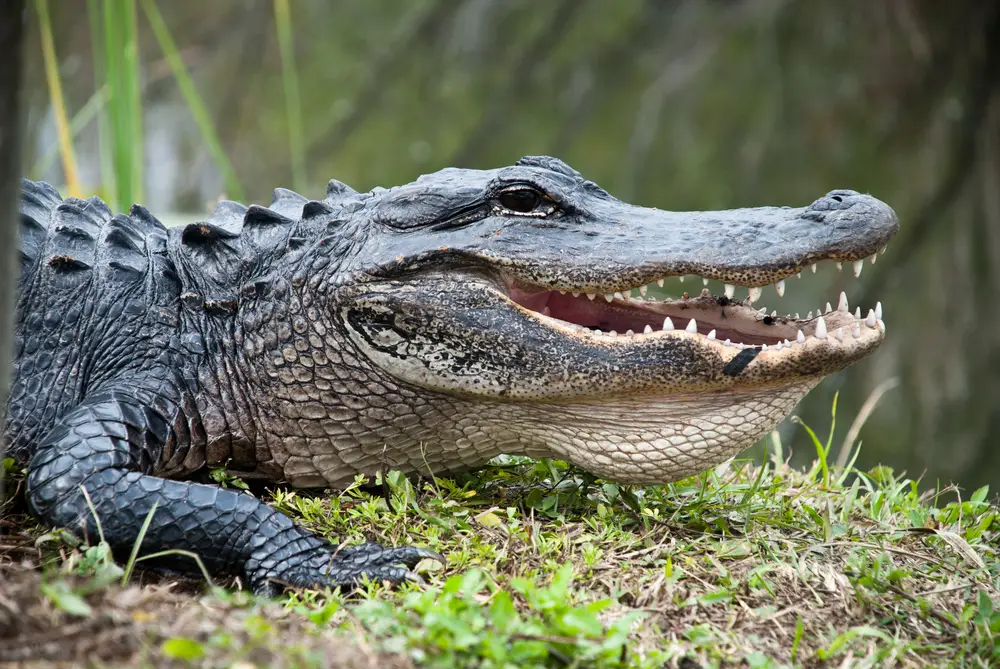
Alligators are iconic reptiles of the southern United States, often found lurking in the waters of swamps and marshes. While they are generally not interested in humans, their natural curiosity can sometimes lead them to observe from a distance. Alligators are silent stalkers in the water, using stealth to approach potential prey. If you’re hiking in their habitat, such as the Florida Everglades, it’s crucial to be aware of your surroundings.
These reptiles play an important role in their ecosystems, acting as top predators that help keep populations of other animals in check. Observing an alligator in the wild can be thrilling, but it’s essential to maintain a respectful distance. Never approach or feed an alligator, as this can lead to dangerous situations for both you and the animal. Appreciate their ancient beauty from afar, and remember that you’re a guest in their habitat. By respecting their space, you ensure a safe and memorable experience.
10. Raccoon

Raccoons are highly adaptable creatures that are often found near human settlements as well as in the wild. Known for their dexterous front paws and curious nature, raccoons might follow you on a trail in search of food. They are primarily nocturnal, but it’s not uncommon to see them during the day, especially if they are used to human activity. While they can be bold, raccoons are generally not aggressive.
These masked bandits play a role in the ecosystem by scavenging and controlling insect and rodent populations. If you encounter a raccoon, it’s best to observe from a distance and avoid approaching or feeding them. They are clever and resourceful, often able to access food left unsecured by humans. Keeping your food and trash secure not only protects you but also keeps raccoons wild and healthy. Enjoy their antics from afar and respect their place in nature.
11. Skunk
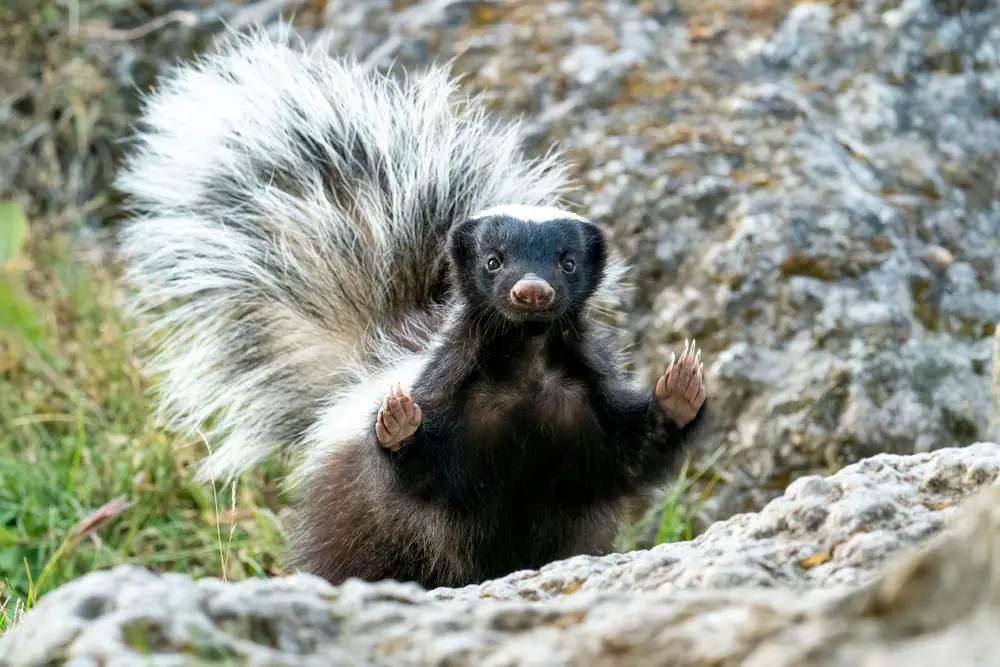
Skunks are famously known for their ability to spray a foul-smelling liquid as a defense mechanism. These nocturnal creatures are generally docile and prefer to avoid confrontation. If you’re on a trail at dusk or dawn, you might notice a skunk going about its business, foraging for insects and small animals. While they might follow you out of curiosity, skunks are typically uninterested in humans.
These black-and-white critters play a beneficial role in the ecosystem by controlling insect populations. If you spot a skunk, give it plenty of space and avoid startling it to prevent any unpleasant encounters. Observing a skunk can be an enjoyable experience if you keep a respectful distance. They remind us that every creature has its unique way of surviving in the wild. By appreciating skunks from afar, you ensure a peaceful and odor-free trail experience.
12. Deer
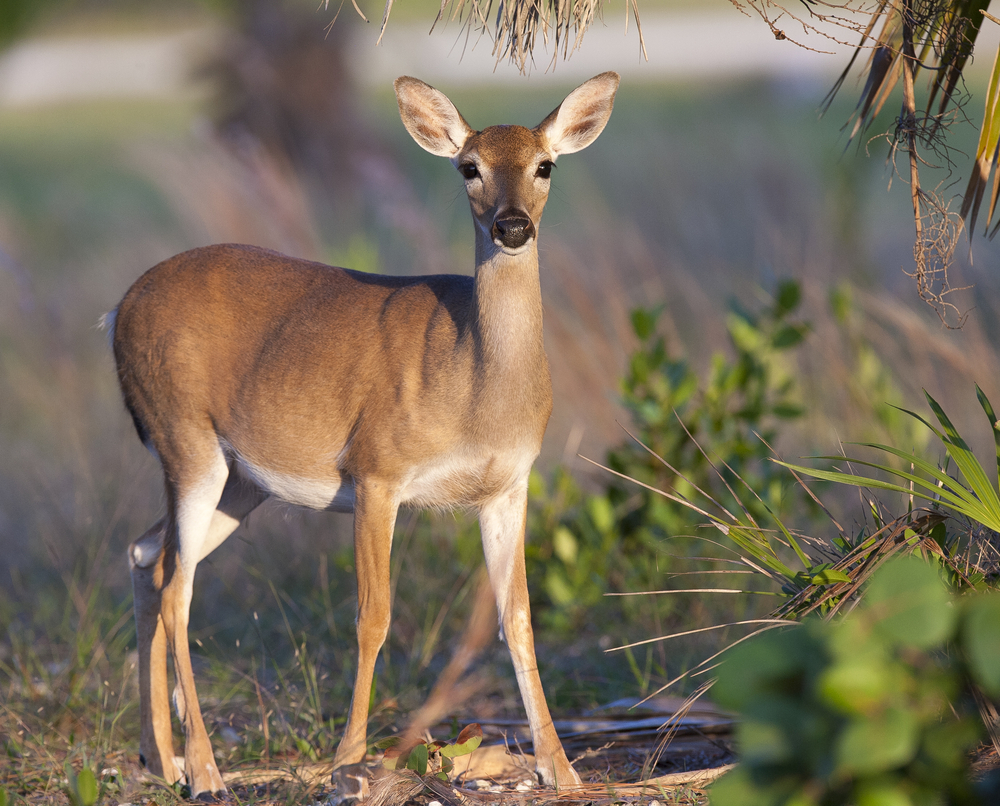
Deer are a common sight on many trails, known for their grace and cautious nature. They are often seen quietly grazing or moving through the forest, ever watchful for predators. While deer are not typically considered stalkers, their curious nature might lead them to observe you from a distance. They rely on their keen senses to detect danger, and they can silently move through the forest, making them seem to appear and disappear like shadows.
These gentle creatures are an integral part of many ecosystems, serving as prey for larger predators and helping to maintain plant diversity. Observing deer can be a serene experience, as they often move with quiet elegance. If you encounter a deer, enjoy the moment and make no sudden movements to avoid startling them. Remember, they’re a symbol of the peace and beauty of the wilderness. Respect their space and let them move freely in their habitat.
13. Elk
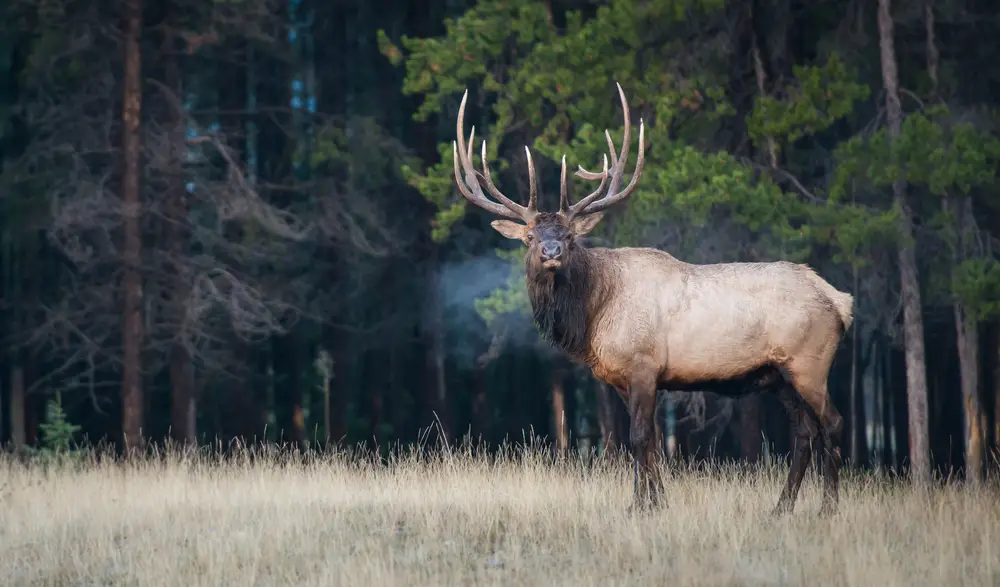
Elk are majestic creatures known for their impressive size and antlers, commonly found in forested regions and grasslands of North America. While they can be quite bold, especially during mating season, they might also follow you out of curiosity as you hike through their territory. Elk are social animals, often seen in herds, and can move silently despite their size. If you’re fortunate enough to see them, it’s a spectacle to behold.
These animals are crucial to their ecosystems, helping to shape the landscape through their grazing habits. If you encounter elk on a trail, maintain a safe distance and avoid getting between a bull and his harem. During the rut, males can be particularly aggressive, so it’s important to be cautious. Admiring elk from afar allows you to appreciate their grandeur without disturbing their natural behavior. Their presence on the trail is a reminder of the wild beauty that still exists in our world.
